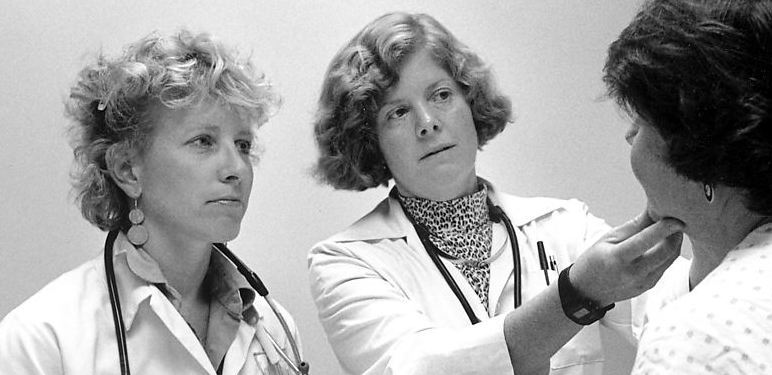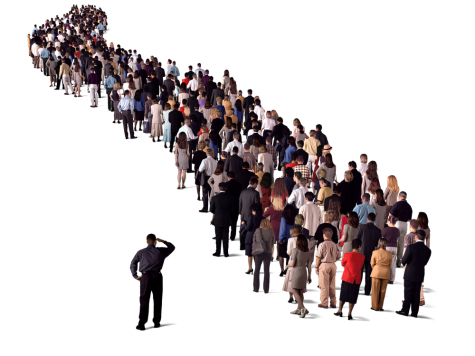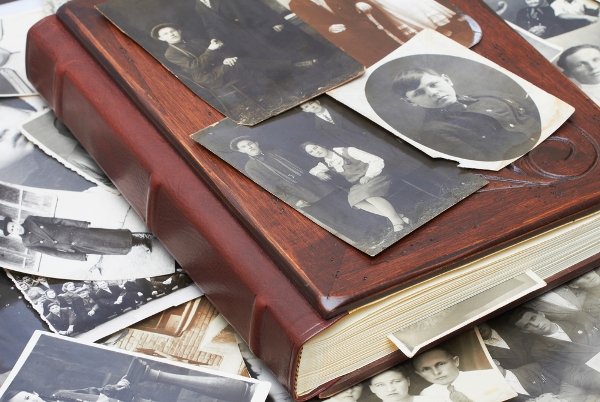It’s 6 am on an early November morning, and I am tiptoeing up a juniper hillside with a rifle slung over my shoulder. I’m following Adam, my friend and guide, when suddenly he stops. “Listen.”
It’s still completely dark, except for the sea of stars above us, which I gaze up at as I stop and listen to the elk, my mind focused on pinpointing its whereabouts. He’s just west of us, and now we’re sneaking through the darkness toward his call.
If you’re a regular LWON reader, you already know how this story ends, and you also know how my three outings earlier this month fanned my passion for elk hunting. As I tried to explain my new obsession to a friend, I realized that one of the most enjoyable parts of elk hunting was the time I spent outdoors in the dark.
Something magic happens in the woods when the sun goes down. Without sight as a guide, the other senses become more vivid, in the way that I imagine a blind person must become more attuned to sound or touch. The sounds of a forest contain so much information, but these signals can become drowned out among the textures of sight. Tracking elk without vision for reference, I became hyper-aware of the auditory cues all around me. As I focused on locating elk calls, I also noticed an owl hooting in a nearby tree and the sound of a racoon, scurrying through the brush.
I’d never really thought about it before, but some of my fondest memories in the outdoors have happened in the dark. Continue reading
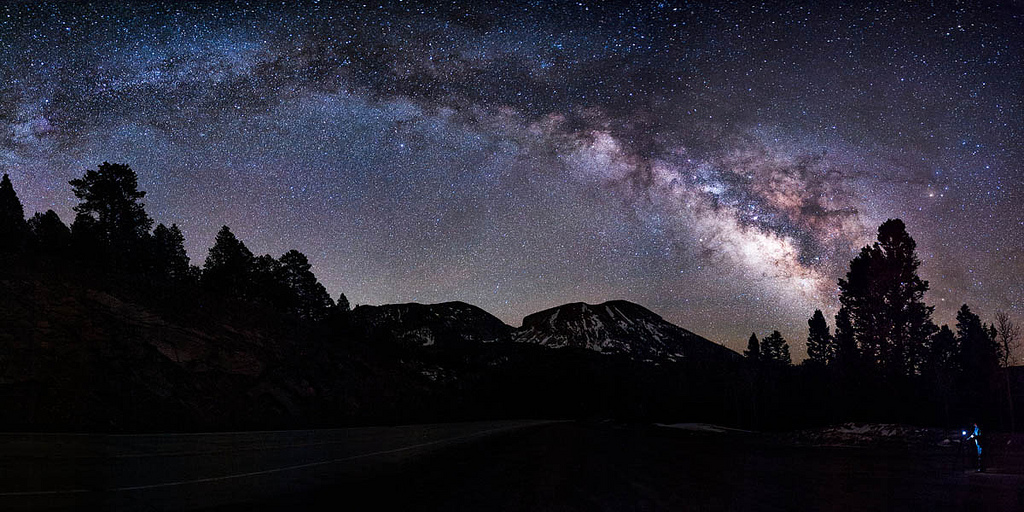
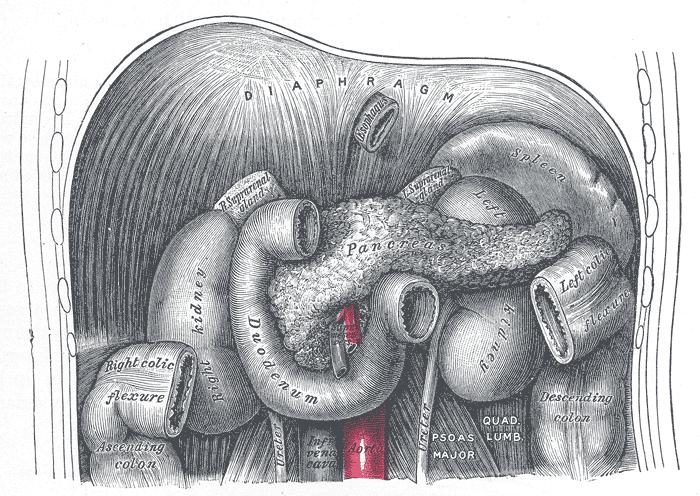
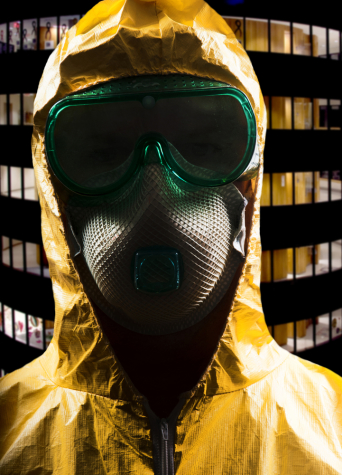
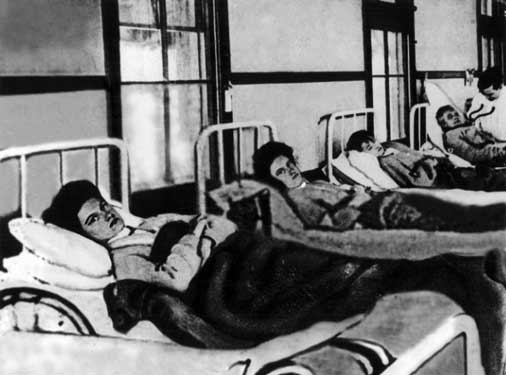 lop ebola. In the days before he died, Duncan infected two nurses. Last month, a New York doctor who had been working with Doctors without Borders in Guinea was diagnosed with the disease, becoming the fourth person to develop the disease in the US. The case count is vanishingly small, yet the infections have sparked a highly contagious epidemic of fear and prompted some states to adopt draconian quarantine policies.
lop ebola. In the days before he died, Duncan infected two nurses. Last month, a New York doctor who had been working with Doctors without Borders in Guinea was diagnosed with the disease, becoming the fourth person to develop the disease in the US. The case count is vanishingly small, yet the infections have sparked a highly contagious epidemic of fear and prompted some states to adopt draconian quarantine policies.